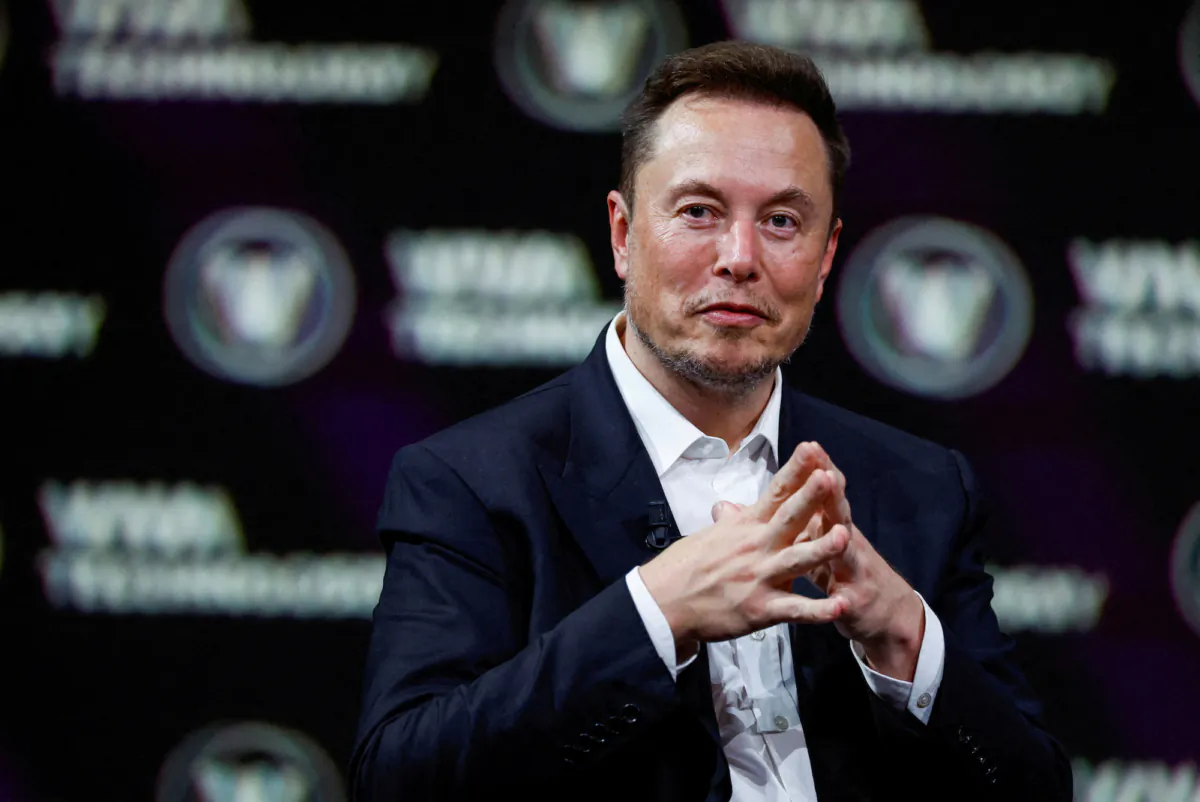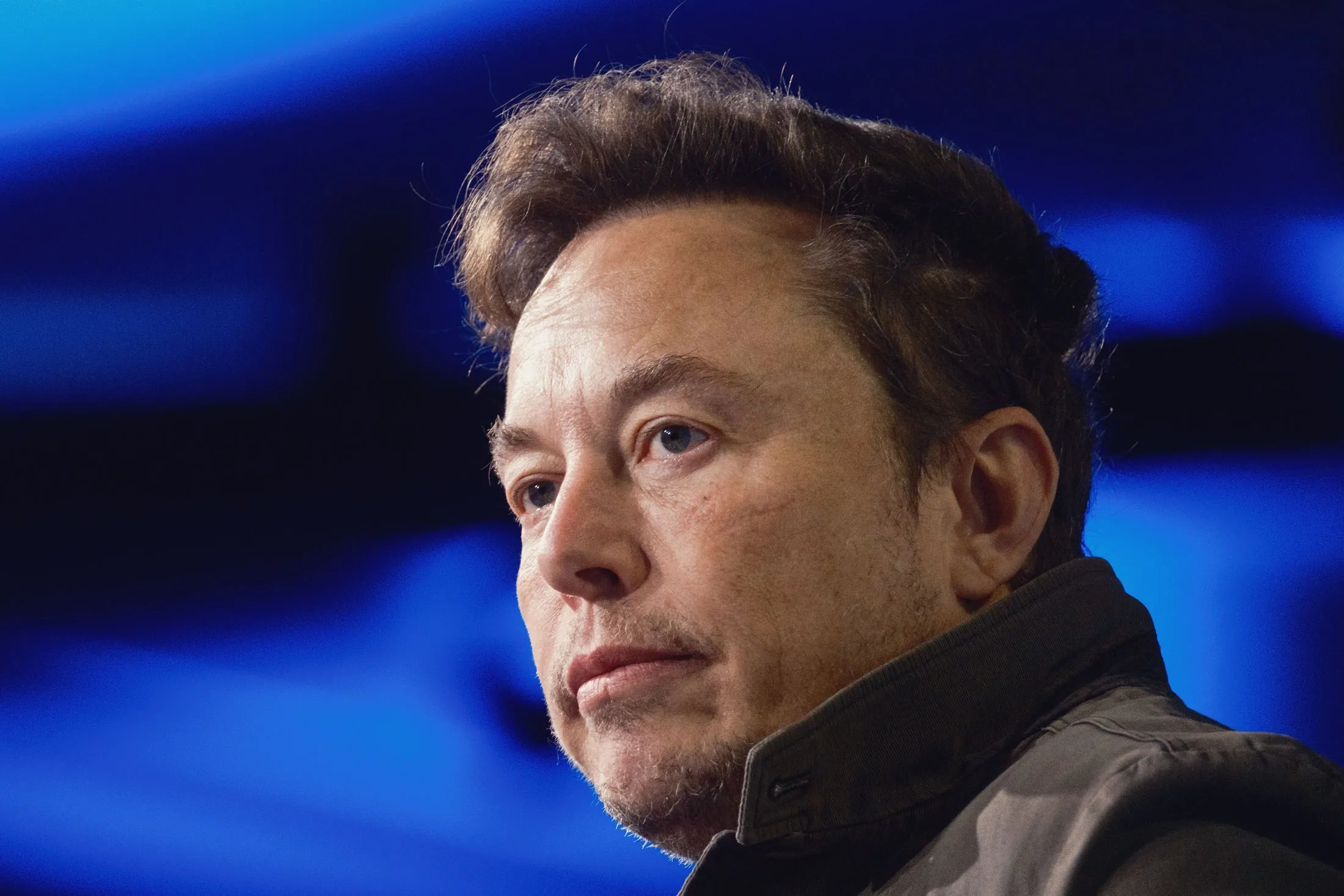
In a world where electric vehicle (EV) manufacturers are constantly striving for competitive advantages, a recent dispute surrounding the wind drag coefficient of the Avatr 12 sedan has raised both industry eyebrows and consumer concerns. Avatr, a Chinese electric vehicle brand, found itself at the center of a controversy after a popular auto blogger published findings contradicting the company’s advertised drag coefficient, which ultimately sparked a series of reactions, including a public invitation extended to none other than Elon Musk.
While the invitation was aimed at bringing attention to the issue, Musk’s lack of response only added fuel to the fire, as the entire situation took on political and commercial undertones.
The controversy began when a well-known auto blogger from Zurich, Bei Le Ye, who has over a million followers on the Chinese social media platform Weibo, conducted an independent wind tunnel test on the Avatr 12. According to the blogger, the drag coefficient (Cd) of the vehicle came out to be 0.28 at a speed of 120 km/h, which was significantly higher than the 0.21 Cd figure that Avatr had originally advertised.
This discrepancy of over 30% between the real-world test and the company’s claim led to an immediate backlash against the company, prompting Avatr to respond by labeling the blogger’s data as “completely misleading.”

In an attempt to quell the controversy and prove the accuracy of their own results, Avatr announced that they would conduct their own wind tunnel testing to demonstrate that the actual drag coefficient of the Avatr 12 was in line with their initial claims. The company, on May 6, even extended an open invitation to Elon Musk, the CEO of Tesla, urging him to attend the test in person and witness the results.
Musk, known for his bold and often controversial statements, did not publicly respond to the invitation, leaving many to wonder whether his silence was a deliberate move to distance himself from the issue or whether he simply had no interest in engaging with a competitor’s testing process.
Despite Musk’s apparent lack of interest in attending the test, the situation soon took on greater significance when the blogger revealed that Avatr had made it clear that he would not be allowed to participate in the test.
This revelation drew even more attention to the dispute, sparking debates about transparency, credibility, and the need for standardized testing procedures in the automotive industry. The broader implications of this controversy have raised questions about the reliability of vehicle specifications and the methods manufacturers use to test and advertise their products.

One of the key issues at the heart of the Avatr 12 controversy is the lack of standardized testing procedures for wind drag coefficients, particularly in China. Experts point out that there is no national standard for testing drag coefficients in the country, and car manufacturers are free to choose the testing methods they use.
This means that different companies could achieve varying results depending on the equipment and testing conditions they use. This lack of consistency in testing methods has raised concerns about the potential for misleading marketing and the impact it has on consumers who rely on these numbers to assess the performance and efficiency of vehicles.
In response to the accusations, Avatr conducted its own wind tunnel testing and shared the results with the public. According to their tests, the drag coefficient of the Avatr 12 at 120 km/h was measured at 0.217 Cd, which was 22% lower than the blogger’s measurement of 0.28 Cd.
Avatr also replaced the car’s original low-drag wheels with sport wheels, resulting in a slightly higher drag coefficient of 0.2326 Cd, a 16.9% improvement compared to the blogger’s initial reading. Furthermore, tests conducted with the car’s standard exterior mirrors and an enhanced suspension system yielded a drag coefficient of 0.2509 Cd. Avatr also performed tests with the car’s front grille open, which resulted in a drag coefficient of 0.2743 Cd.

These findings underscore the significant variability that can arise in wind drag measurements based on different testing conditions. The results show that the drag coefficient of the Avatr 12 can fluctuate depending on factors such as the car’s wheels, mirrors, and grille configuration.
While these variations are not unusual in the automotive industry, the controversy surrounding the initial discrepancy has highlighted the need for more transparent and standardized testing procedures. The lack of uniformity in testing has left many consumers questioning the accuracy of the numbers they see advertised by car manufacturers.
The Avatr 12’s drag coefficient controversy also raises important questions about the broader implications of advertising and marketing in the electric vehicle industry. As the competition in the EV market intensifies, manufacturers are under increasing pressure to make their vehicles stand out.
Drag coefficient is one of the key metrics used by car manufacturers to demonstrate the efficiency of their vehicles, as lower drag leads to better energy efficiency and longer driving ranges. Therefore, discrepancies in these numbers could have a significant impact on consumer decision-making and the public perception of a brand’s credibility.

The invitation to Elon Musk was also symbolic in many ways, as it underscored the heightened attention that Tesla and its CEO have garnered in the global EV market. Musk’s association with Tesla has made him one of the most influential figures in the automotive industry, and any involvement in a competitor’s controversy is bound to attract widespread interest.
By inviting Musk to the testing event, Avatr was likely attempting to leverage his public profile to bring additional scrutiny to the issue and gain credibility for their own testing results. However, Musk’s failure to engage with the invitation has left the controversy unresolved, with some wondering whether his silence is indicative of a deeper reluctance to engage with issues related to competition and transparency in the industry.
Despite the back-and-forth between Avatr and the blogger, the ultimate impact of this controversy on consumer behavior remains uncertain. While some may view Avatr’s efforts to clarify the drag coefficient as a step toward transparency, others may still harbor doubts about the company’s credibility.
For now, the debate over the Avatr 12’s drag coefficient continues, raising important questions about the reliability of vehicle specifications and the ethical responsibilities of manufacturers in the highly competitive electric vehicle market.
In conclusion, the drag coefficient dispute surrounding the Avatr 12 highlights the growing importance of transparency and standardization in the electric vehicle industry. As competition between companies like Tesla, Avatr, and others intensifies, it is crucial for manufacturers to be honest and clear about their product specifications, particularly when it comes to key performance metrics like drag coefficient.
The ongoing controversy also underscores the significant influence that Elon Musk and Tesla have over the industry, as well as the need for greater oversight and regulation to ensure that consumers are not misled by inaccurate or inconsistent data. The future of the electric vehicle market will depend on how manufacturers address these issues and whether they can build consumer trust through transparency and ethical business practices.




-1750931756-q80.webp)